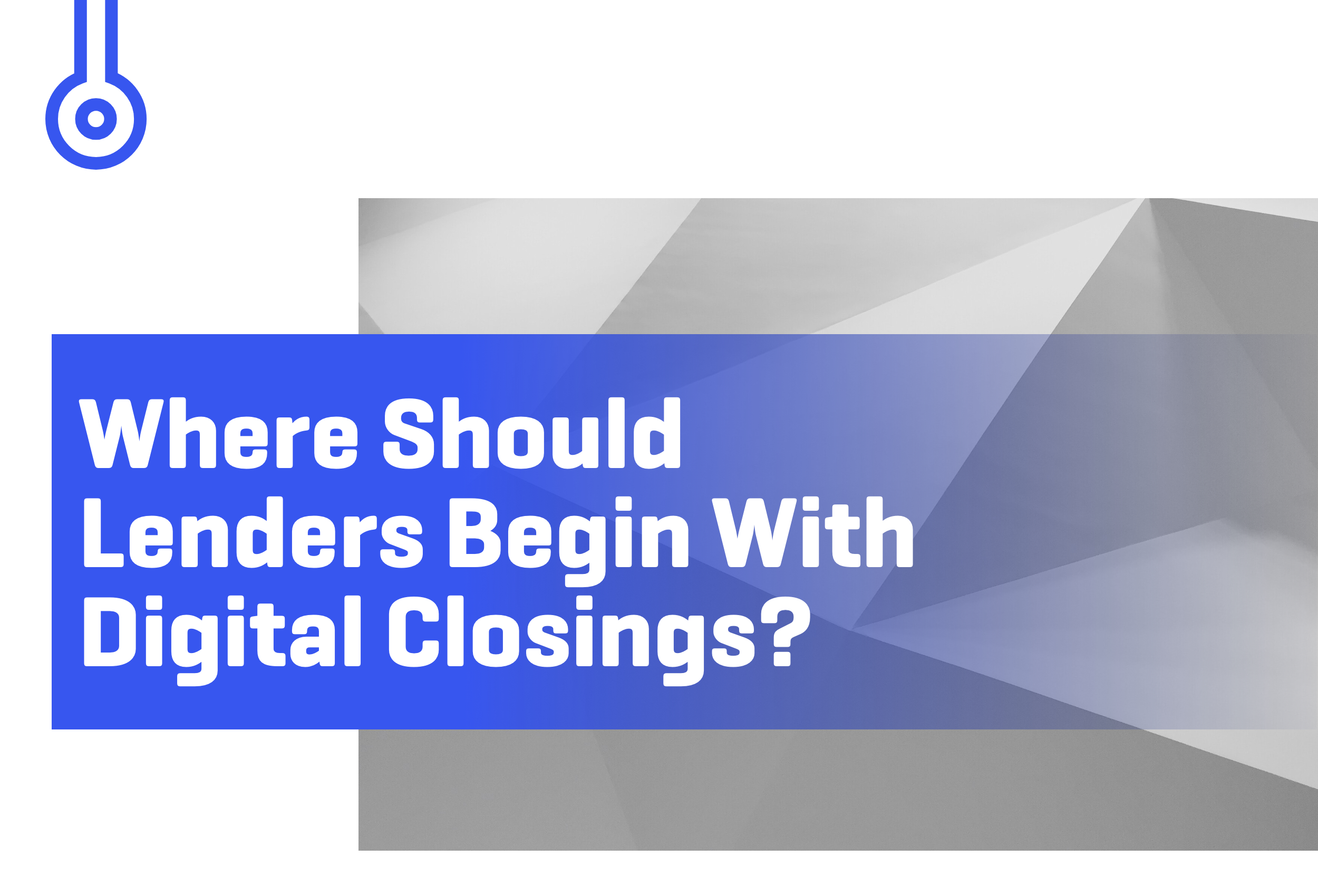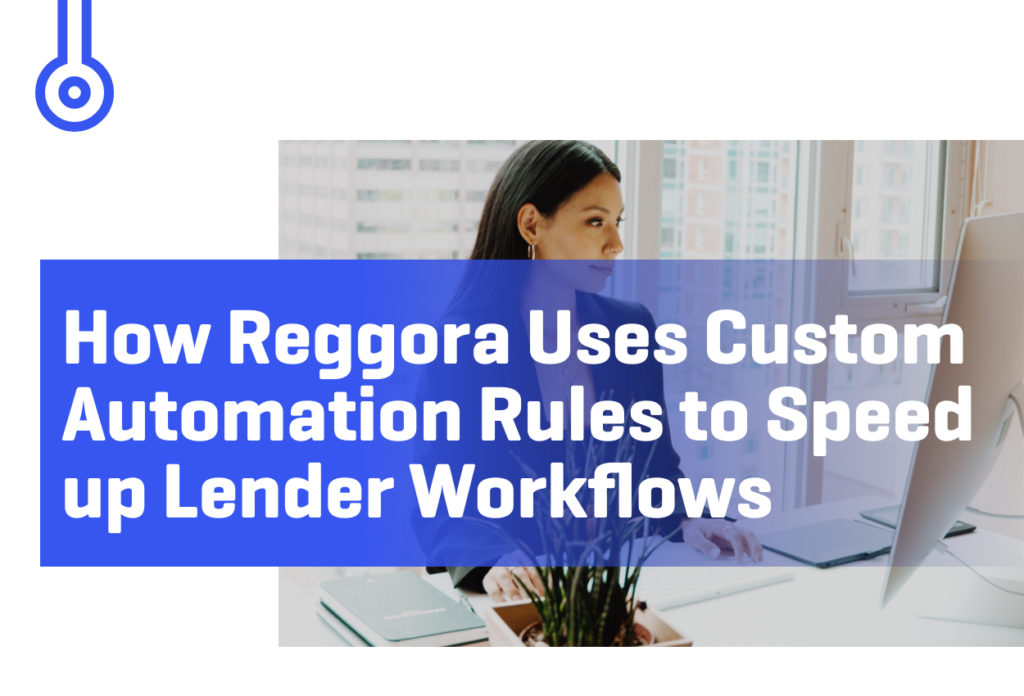Start with a foundation of hybrid closings
It’s tempting to jump straight to full eClosings. By taking this approach, lenders spend a lot of time and effort implementing all the components that are needed, only to do just a few eClosings. Instead of trying to go directly from paper closings to eClosings, lenders can do digital closings at scale by starting with hybrid closings first.
Hybrid closings, which are any combination of wet-sign and eSign closing documents, can be conducted nationwide. This is because eSigning is legal in all 50 U.S. states. Also, many investors will buy loans that have eSigned documents, including Fannie Mae, Freddie Mac, Ginnie Mae, and the Federal Home Loan Banks.
Hybrid closings can include either a paper note or an eNote. Although eNotes can also be conducted nationwide, eNotes aren’t as widely accepted in the secondary market as eSigning is. eNote acceptance is growing though. Fannie Mae and Freddie Mac already accept eNotes, while Ginnie Mae started its eNote initiative in July 2020 and some of the eleven Federal Home Loan Banks have started accepting eNotes too.
Since hybrid closings can simply involve eSigning, they’re widely accepted within the industry and lenders can close over 70% of their loans as hybrids. In 2019, Evergreen Home Loans was able to complete more than 5,000 hybrid closings.
When lenders start by doing hybrid closings at scale, they get massive efficiencies. They’re able to close more loans without adding headcount, decrease errors that appear at the closing table by 80%, and fund the same day. – Tamra Rieger, COO at Evergreen Home Loans, advised:
Start with a hybrid closing first. Get the processing workflow down. Trying to implement a full eMortgage and eClose all at the same time — it was overwhelming. It could prevent, and I think it does prevent, a lot of lenders from getting started at all.
Hybrid closings provide a foundation that lenders can easily add eNotes and eNotarization on top of, as those components gain acceptance in the industry. “Once you roll out and implement a hybrid closing … everything else starts to get a lot easier. … When it comes time to do a webcam closing or a RON closing, all you’re left with are the handful of documents that need to be notarized. It’s not a huge lift to tag on that additional technical capability,” explained Aaron King, CEO and founder of Snapdocs, during a virtual “Ask Me Anything About Digital Closings” event.
Digitize wet closings
Lenders will still have a small portion of wet closings — either because some of their investors don’t accept eSigned documents or because some borrowers will opt out of eSigning. These wet closings should still be digitized so that borrowers can electronically review their documents and ask questions prior to the closing.
The benefits of document preview shouldn’t be underestimated, especially when the feature can be applied to all types of closings — whether it’s a wet, hybrid, or eClosing. “The borrower’s ability to preview the documents in advance is huge. The feedback from the loan officers is that the borrower really liked the ability to understand and read through the documents on their own time,” said Jan Valencia, Residential Mortgage Systems Project Manager at KS StateBank.
The value of document preview is also echoed by Sheri Nedley, SVP of Capital Markets and Operations at The Mortgage Firm. “The borrower is excited that they get to preview [the documents], and that’s part of the whole digital experience. Whether they wet sign or hybrid sign, them being able to do that preview is a big deal to them.”
Add on digital closing components as acceptance increases
After you have a foundation of hybrid closings in place and have digitized your wet closings, you can then work toward eClosings. Introduce eNotes, in-person electronic notarization, and remote online notarization into your closing process to see even more efficiency gains and to provide borrowers with a completely digital closing.
If you’re ready to take the next step toward eClosings, read our white paper to get best practices on how to work with your settlement partners and investors to adopt digital closings. We’re also here to help you successfully implement digital closings. Contact us to see how we can partner together to bring digital closings to your business.










